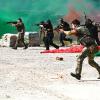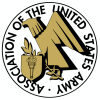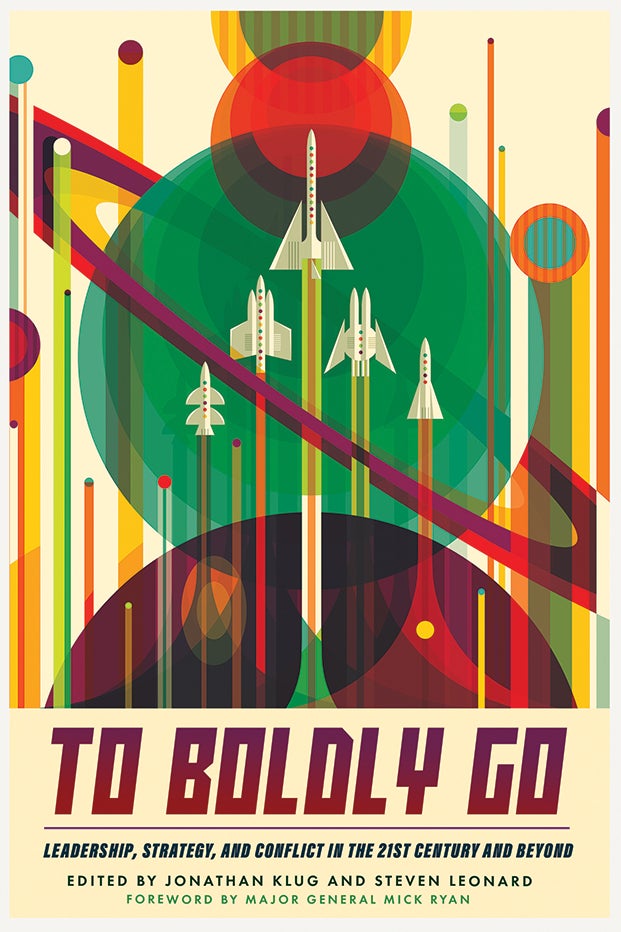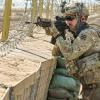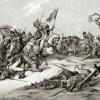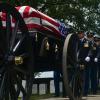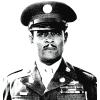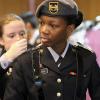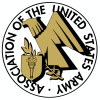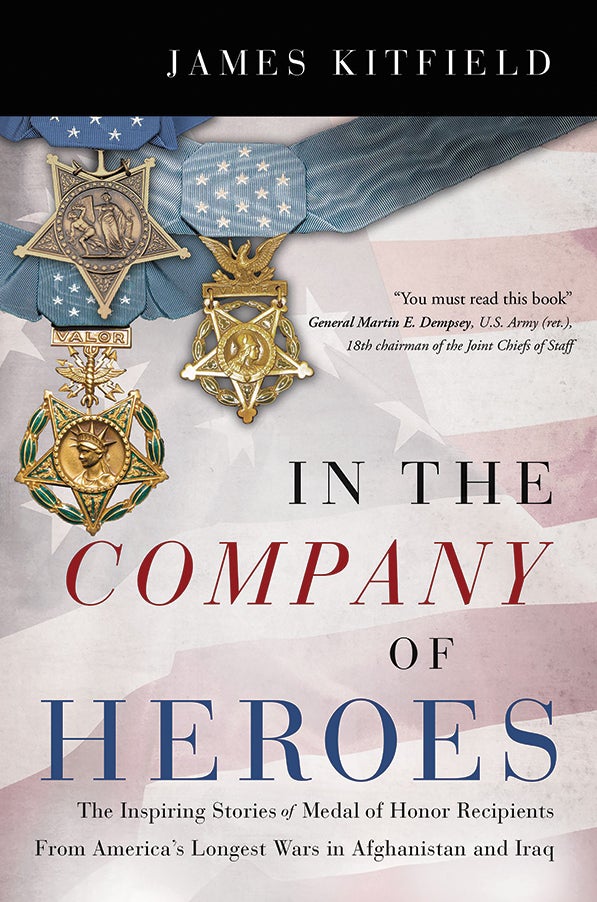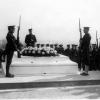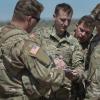In 1941, the U.S. was drawn into World War II, the most catastrophic conflict the world has ever known. The country realized the need for nontraditional military capabilities and in June 1942, established the clandestine Office of Strategic Services, which was charged with recruiting, assessing and selecting, training and deploying special operations personnel to prosecute unconventional warfare and intelligence operations behind enemy lines.
During this time, the world also saw the beginning of a transition from human to digital computers, driven by increased demand for rapid and large...


